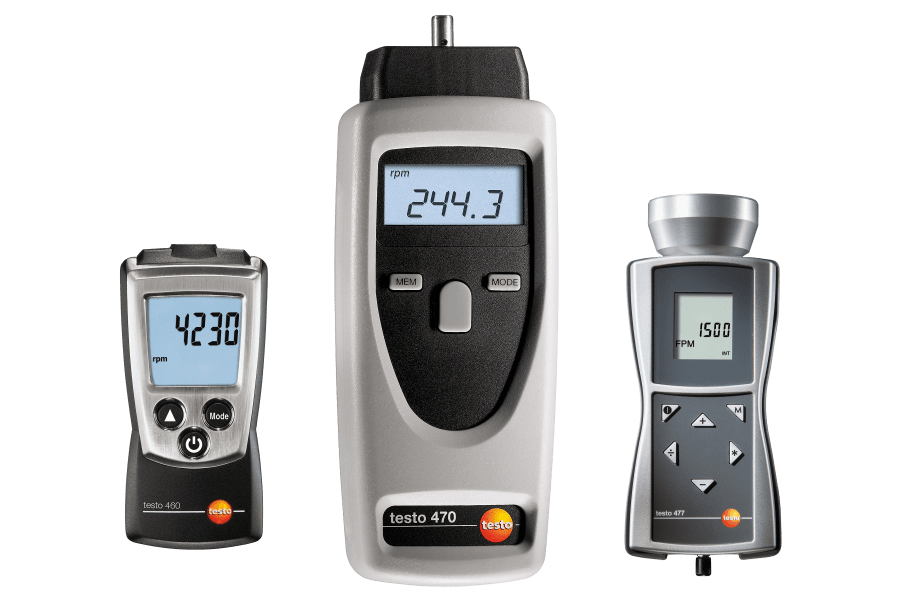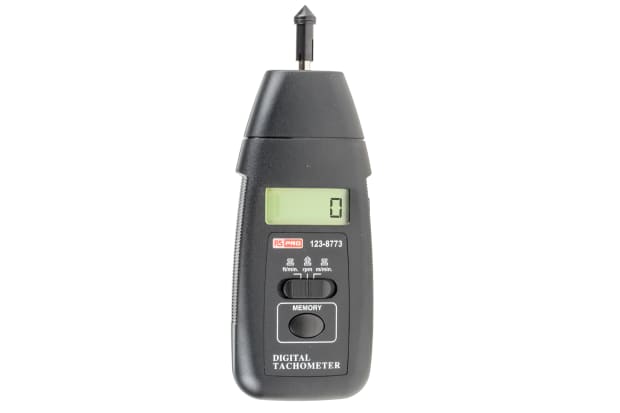The Value of a Tachometer in Keeping An Eye On Engine Speed and Efficiency in Automotive Applications
In the world of auto engineering, the tachometer stands as a critical instrument in the motorist's collection, giving a direct window into the inner workings of a car's engine. Beyond its function as a plain scale of changes per minute (RPM), the tachometer serves as a critical tool for fanatics and professionals alike, providing real-time insights into engine performance and health.
Significance of Keeping An Eye On Engine RPM
Checking engine RPM, or changes per min, is an essential facet of auto upkeep and efficiency examination. Engine RPM directly correlates with the speed at which the engine's crankshaft revolves, showing just how swiftly the engine is running - tachometer. By keeping an eye on RPM, auto mechanics can evaluate the health of the engine, spot potential concerns, and fine-tune efficiency. An irregular RPM reading may signal problems such as engine misfires, damaged ignition system, or concerns with the gas shipment system. Consistently high RPM analyses might indicate hostile driving routines or the requirement for a higher equipment shift to improve gas effectiveness.
In addition, keeping an eye on engine RPM is important for efficiency analysis in auto racing and high-performance automobiles. Maintaining optimum RPM levels is critical for accomplishing peak power output and velocity. Racers commonly utilize tachometers to guarantee they are operating within the excellent RPM variety for maximum efficiency. In summary, monitoring engine RPM is not only crucial for spotting concerns however also for optimizing engine efficiency in different automobile applications.

Benefits of Real-Time Data
In automobile applications, real-time information plays an important duty in supplying instant understandings right into the performance and condition of the automobile. By continually monitoring various parameters such as engine speed, temperature, fuel consumption, and more, real-time data offers numerous benefits that contribute to enhanced efficiency and safety when driving.
In addition, real-time information helps with performance optimization by providing prompt responses on driving habits and engine performance. Chauffeurs can adjust their habits in real-time based on this information to accomplish better fuel economy and extend the lifespan of their automobile.

Furthermore, real-time information plays an important duty in contemporary auto diagnostics, allowing technicians to swiftly diagnose and resolve malfunctions. This causes reduced downtime, lower upkeep costs, and eventually, boosted overall automobile integrity and durability (tachometer). By utilizing the power of real-time information, automobile stakeholders can make enlightened decisions that positively influence both the performance and long life of the car
Influence On Gear Shifts
The tachometer plays a critical duty in maximizing equipment changes by giving real-time engine rate information to the vehicle driver. When coming close to the redline on the tachometer, it signifies the vehicle driver to upshift to protect against over-revving the engine and creating possible damage.
Furthermore, the tachometer aids in achieving smoother equipment changes, specifically in hand-operated transmissions. By checking engine rate, vehicle drivers can implement equipment shifts at the optimal RPM array, lowering snagging movements and reducing wear on the transmission parts. This accuracy in gear changes not just improves driving comfort yet additionally contributes to fuel performance.
Enhancing Gas Efficiency
Given the essential duty the tachometer plays in enhancing gear changes for performance and engine wellness, it straight contributes to taking full advantage of fuel performance in vehicle applications. By offering real-time feedback on engine rate, the tachometer assists vehicle drivers in preserving one of the most effective RPM range for gas economy. When vehicle drivers regularly monitor the tachometer and change their driving routines accordingly, they can my link stay clear of unnecessary gas consumption triggered by over-revving or lugging the engine.
Additionally, the visit tachometer assists drivers determine the most fuel-efficient gear to be in at any given minute, avoiding the engine from working more challenging than essential. This is especially critical during velocity and cruising, where remaining in the right equipment can significantly affect gas effectiveness. Additionally, the tachometer can signal drivers to prospective mechanical concerns that can be negatively impacting gas economic situation, such as a slipping clutch or a stopped up air filter. In verdict, the tachometer offers as a beneficial tool in why not check here enhancing gas efficiency by advertising ideal driving routines and determining areas for improvement in the lorry's performance.

Taking Full Advantage Of Engine Durability
The tachometer's duty in keeping an eye on engine speed and performance is important in ensuring the durability of automotive engines. Checking the tachometer allows vehicle drivers to stay within the advised RPM range for their automobile, preventing unneeded strain on the engine and prolonging its life-span.

Verdict
In verdict, the tachometer plays an important role in checking engine speed and efficiency in automobile applications. By providing real-time information on RPM, it allows for effective gear changes, boosted fuel performance, and made best use of engine durability. This device is vital for keeping ideal engine efficiency and guaranteeing the total performance of a lorry.
Comments on “Professional Tips for Maintaining and Calibrating Your Tachometer”